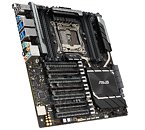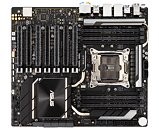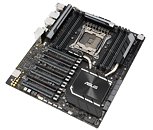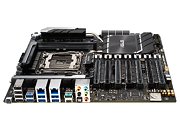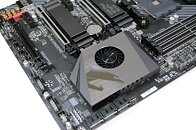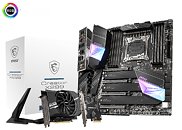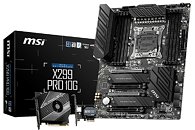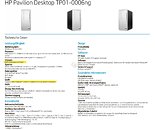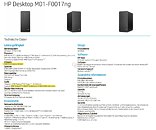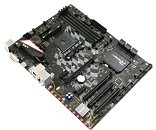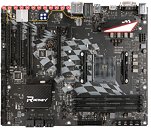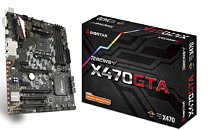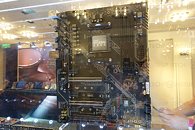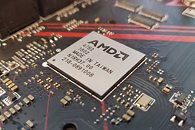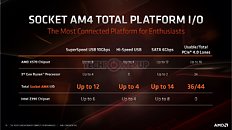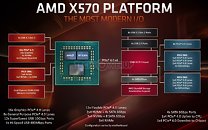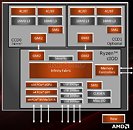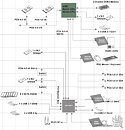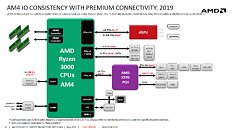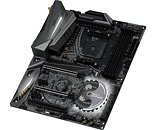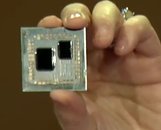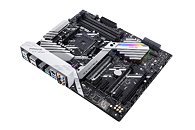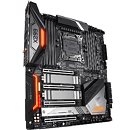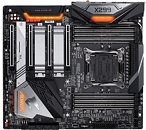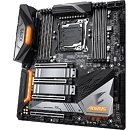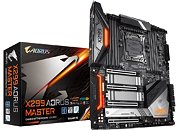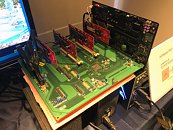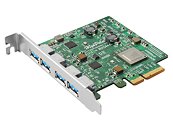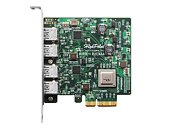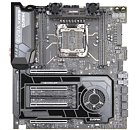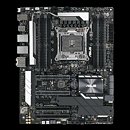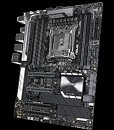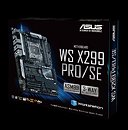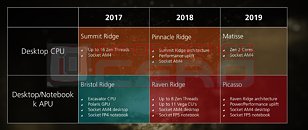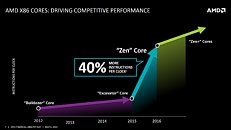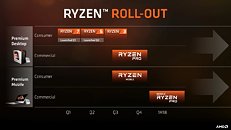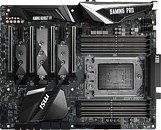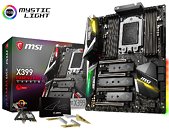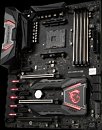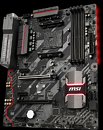
ASUS Rolls Out Pro WS X299 SAGE II Motherboard
ASUS today rolled out the Pro WS X299 SAGE II, a redesign and refresh of its WS X299 SAGE series quasi-workstation motherboards, designed for those who want to use Intel's 10th generation Core XE "Cascade Lake-X" HEDT processors in a workstation-like environment (CEB form-factor) and can make do without ECC memory. The board draws power from a combination of 24-pin ATX and two 8-pin EPS power connectors, along with an optional 6-pin PCIe power input to stabilize add-on card power delivery. An 8-phase VRM conditions power for the socket LGA2066 processor. The board employs PLX PEX8747 bridge chips to convert two x16 PCIe gen 3.0 links from the LGA2066 processor to four PCI-Express 3.0 x16 slots with full bandwidth, or seven slots with x16/x8/x8/x8/x8/x8/x8 wiring.
Storage options on the ASUS Pro WS X299 SAGE II include three U.2 ports, two M.2 slots (one right below the PCH heatsink, and the other vertical); and eight SATA 6 Gbps ports. Network connectivity includes two 2.5 GbE interfaces driven by a pair of Intel i225-LM controllers. USB connectivity includes two USB 3.2 Gen 2 ports driven by an ASMedia controller (from which one is type-C), a second such controller driving an internal port, and eight USB 3.2 gen 1 ports from the X299 PCH. A high-grade onboard audio solution featuring Realtek S1220A HDA codec, headphones amp, ground-layer isolation, and audio-grade capacitors, make for the rest of this board. The company didn't reveal pricing.
Storage options on the ASUS Pro WS X299 SAGE II include three U.2 ports, two M.2 slots (one right below the PCH heatsink, and the other vertical); and eight SATA 6 Gbps ports. Network connectivity includes two 2.5 GbE interfaces driven by a pair of Intel i225-LM controllers. USB connectivity includes two USB 3.2 Gen 2 ports driven by an ASMedia controller (from which one is type-C), a second such controller driving an internal port, and eight USB 3.2 gen 1 ports from the X299 PCH. A high-grade onboard audio solution featuring Realtek S1220A HDA codec, headphones amp, ground-layer isolation, and audio-grade capacitors, make for the rest of this board. The company didn't reveal pricing.
